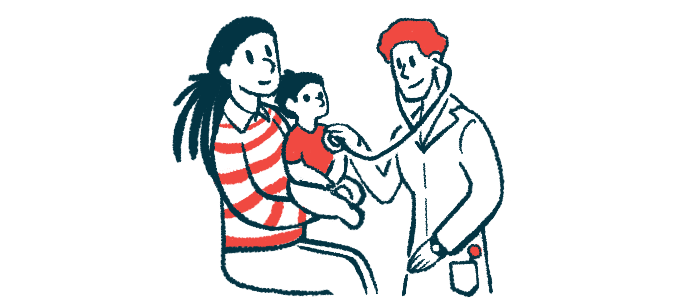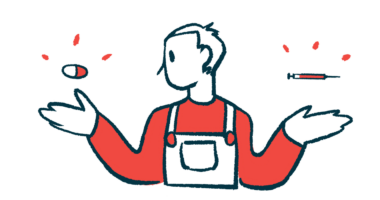Whole Body Vibration Improves Muscle Mass, Movement in 3 Pompe Children

An intervention involving whole body vibration therapy showed promise for improving movement ability and muscle composition in a small study involving three children with non-classic infantile-onset Pompe disease.
The study, “Vibration assisted rehabilitation in patients with Pompe disease: A case series,” was published in the Journal of Musculoskeletal and Neuronal Interactions.
Whole body vibration, or WBV, is just what it sounds like: a therapy that involves vibrating the entire body. This prompts the body’s muscles to make small adjustments as they try to compensate for the movement of the vibrations, which may ultimately help to strengthen muscles.
In this study, researchers in Germany presented outcomes for three children with non-classic infantile-onset Pompe disease who underwent a WBV-based intervention. The intervention started with 13 days of intense training in a hospital, followed by three months where WBV was continued at home. Then participants did another six days of intense in-hospital training, followed by another three months of at-home therapy.
The program could be repeated for a second year with adjustments in the duration of the intensive training and home training periods.
“WBV, which can be adapted to the patient’s abilities and stimulates the muscle without the need of overly strenuous exercises, may be a useful addition to the physiotherapy treatment,” the scientists wrote.
At the start of therapy, the three children were 5, 7, and 8 years old, and all were on standard enzyme replacement therapy. A number of measurements were taken at the start of the intervention, and again after six months and one year (a six-month follow-up).
Among the noteworthy outcomes, two of the three patients exhibited a marked increase in lean mass index (LMI), which is a measure of the non-fat composition of the body, particularly muscle. Specifically, LMI increased by 0.319 kilograms per square meter (kg/m2) in one child, and by 0.721 kg/m2 in the other. The increases in LMI also were accompanied by increases in measures of bone health.
These two children also showed improvements in physical function: in one child, trunk control had significantly increased, as did muscle strength in the pelvis and shoulder region. The investigators added that the other child “could raise his trunk more easily and hold this position for longer periods of time” by the end of the program.
In the third child, LMI and gross motor skills were either slightly improved or relatively unchanged after a year of the intervention, while measures of bone health and arm and leg strength decreased. The researchers noted that, since Pompe disease is a progressive condition where symptoms typically get worse over time, “even a stabilisation of symptoms displays a positive impact of the therapy.”
The third child also experienced difficulties raising her left arm after about 10 months on the WBV intervention. The researchers said that it’s possible this arose as a consequence of the intervention itself, but thought that progressive muscle damage due to Pompe disease was the more likely explanation.
“Our results show, that WBV combined with intensive training did not show serious side effects apart from natural progression in the cases reported,” the researchers wrote.
The team stressed that this was a small study, so it’s impossible to make broad conclusions without additional research.
“More studies, with larger cohorts, are needed to further analyse the impact of the WBV on patients with infantile-onset Pompe disease,” the researchers concluded.








